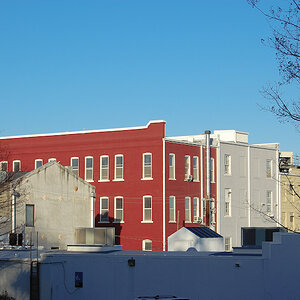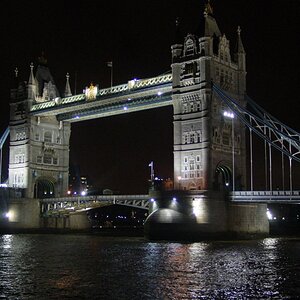Dyslexicbloke
TPF Noob!
- Joined
- Aug 7, 2018
- Messages
- 36
- Reaction score
- 4
- Location
- Bala, UK
- Can others edit my Photos
- Photos OK to edit
I was going to say budget is key here but to be honest if I can't find a reasonable lense for £100-£200 I will probably not bother.
I don't see there point in buying a lense I am going too be disappointed with.
Could I use the Nikon zoom with rings?
I am not worried about AF but I do need to be able too control apatite.
I was looking at F2 stuff but it occurs too me that DOF may be an issue.
Is an F2 lense, stopped down, still better than a lense that cant get that low, wide open?
I like zoom for composition but do I need it for macro or should. go prime.
Definitely want good mag, proper macro so better than 1:1
Thoughts?
Cheers,
Al
I don't see there point in buying a lense I am going too be disappointed with.
Could I use the Nikon zoom with rings?
I am not worried about AF but I do need to be able too control apatite.
I was looking at F2 stuff but it occurs too me that DOF may be an issue.
Is an F2 lense, stopped down, still better than a lense that cant get that low, wide open?
I like zoom for composition but do I need it for macro or should. go prime.
Definitely want good mag, proper macro so better than 1:1
Thoughts?
Cheers,
Al


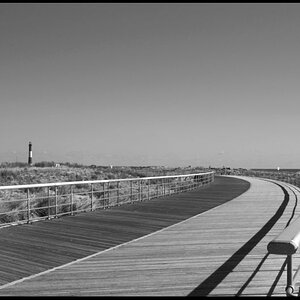
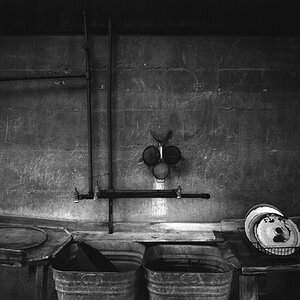
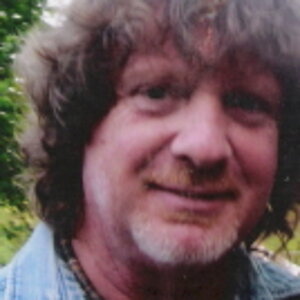
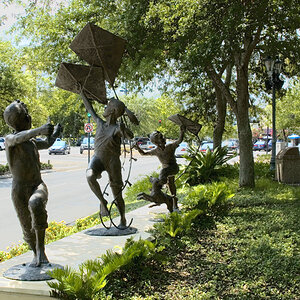
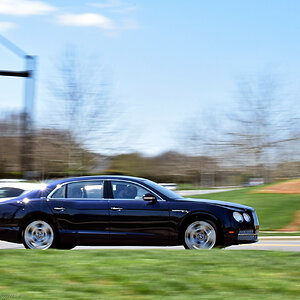
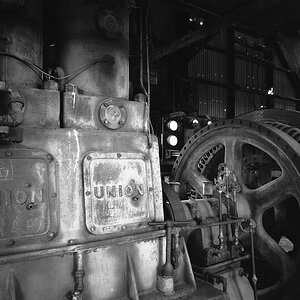

![[No title]](/data/xfmg/thumbnail/33/33358-426ca644c08fb31a8cc23232f17de8dd.jpg?1619735922)
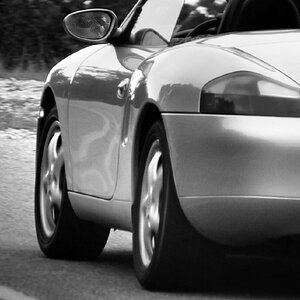
![[No title]](/data/xfmg/thumbnail/36/36643-92fe0dd9e247722bfefe299cd8a549f5.jpg?1619737670)
